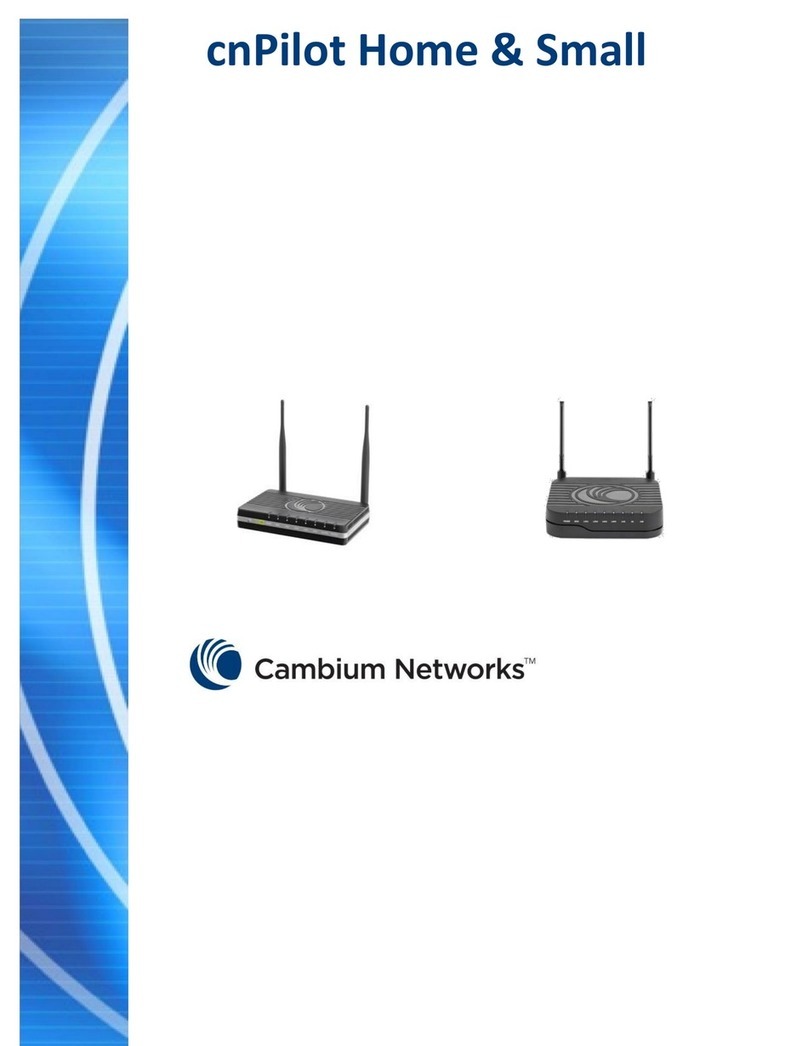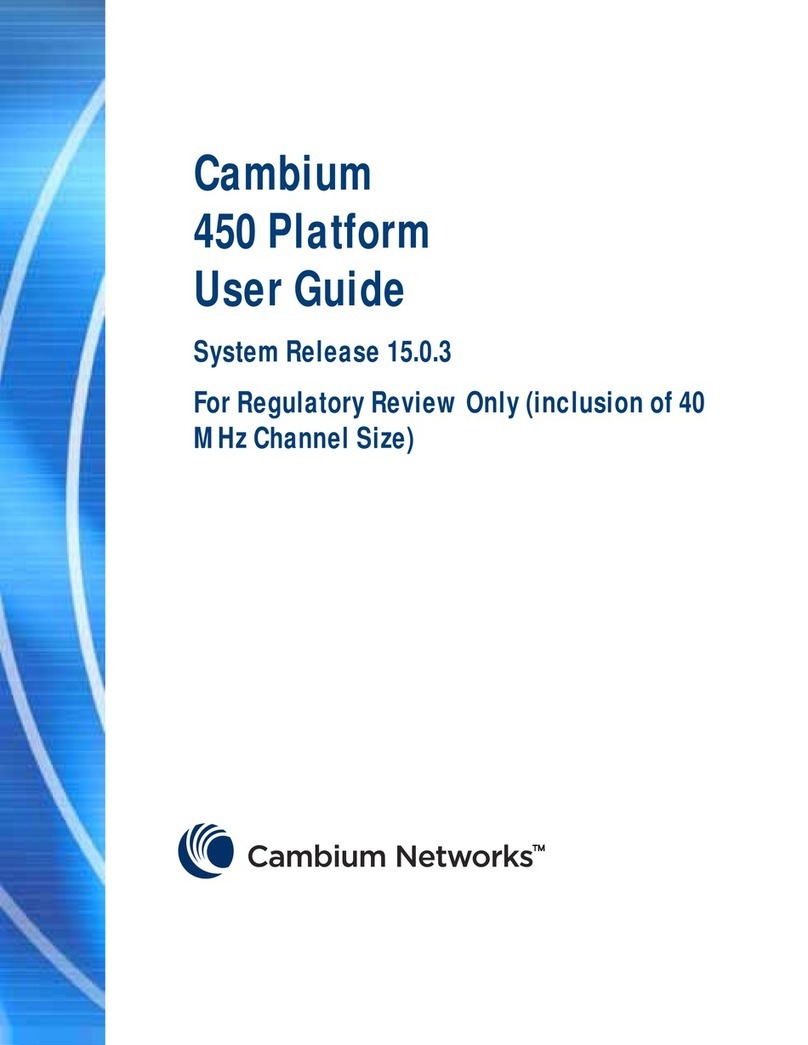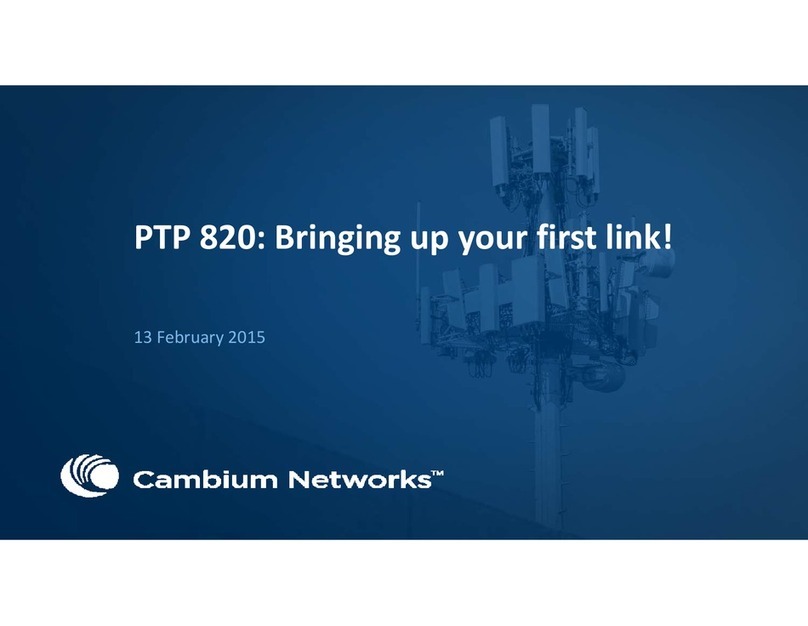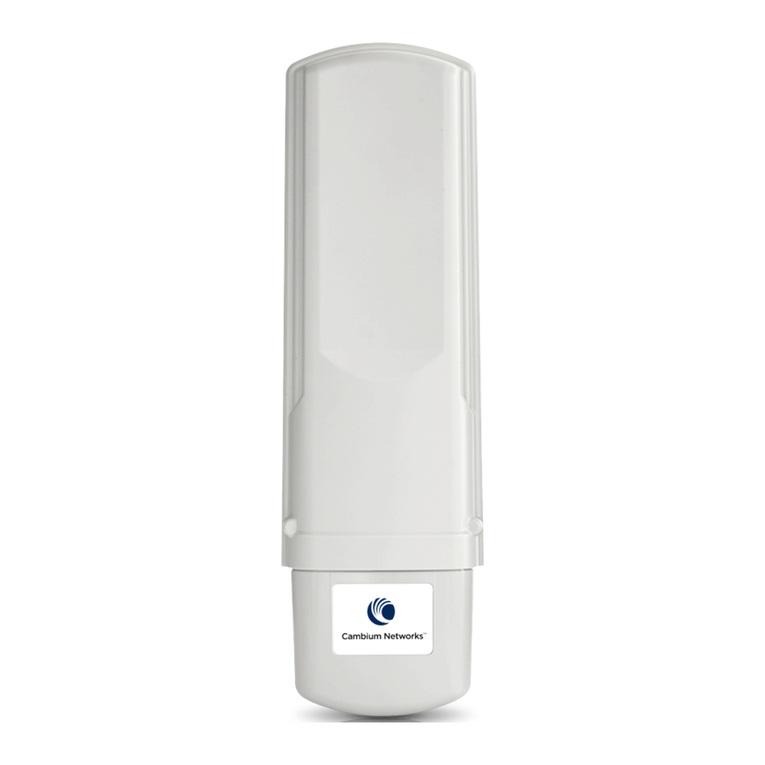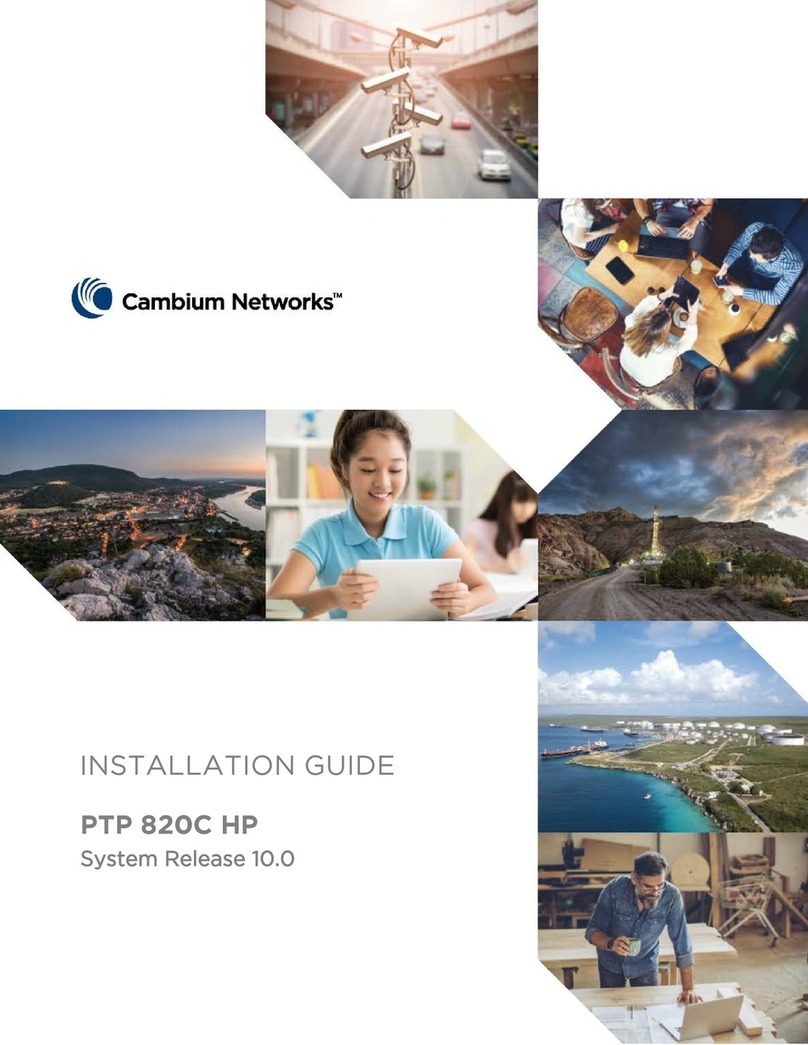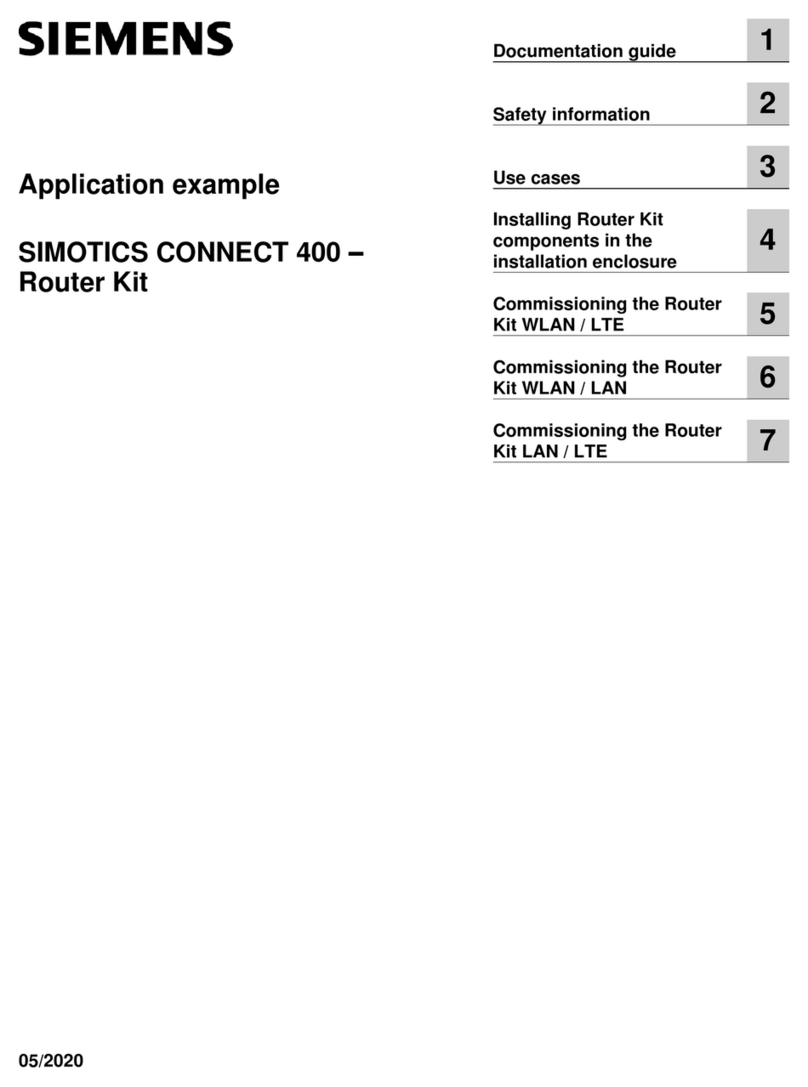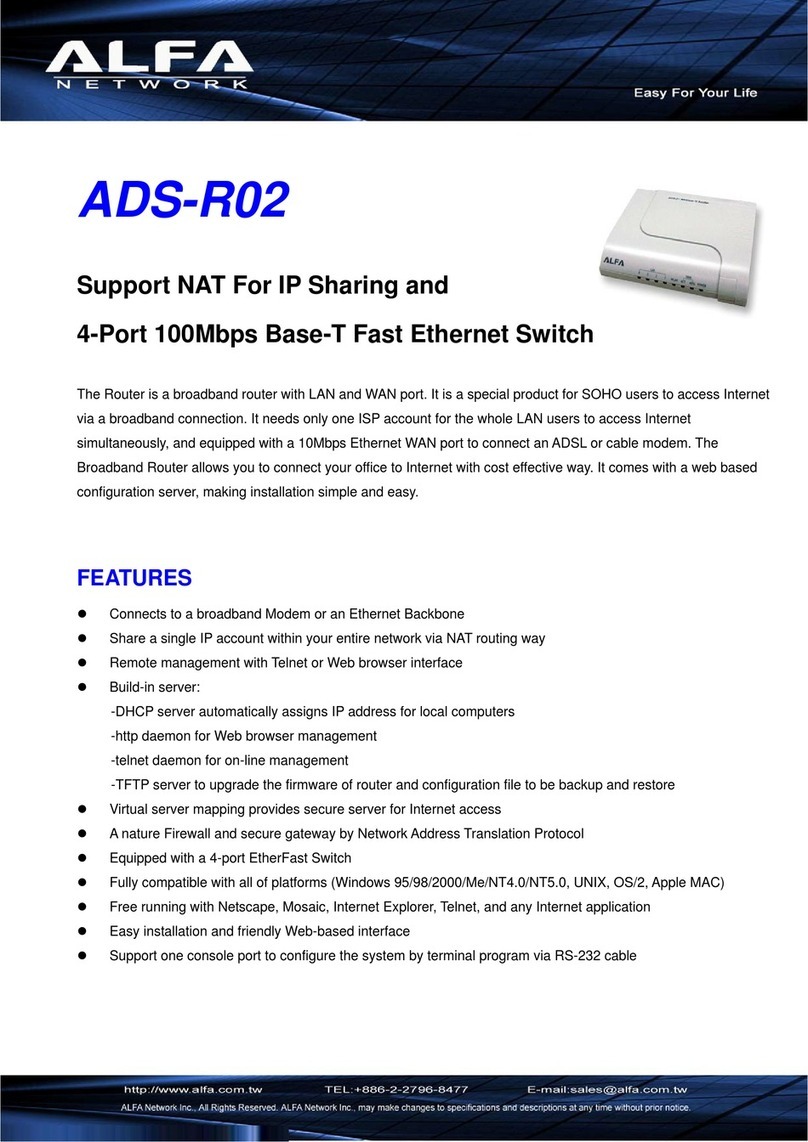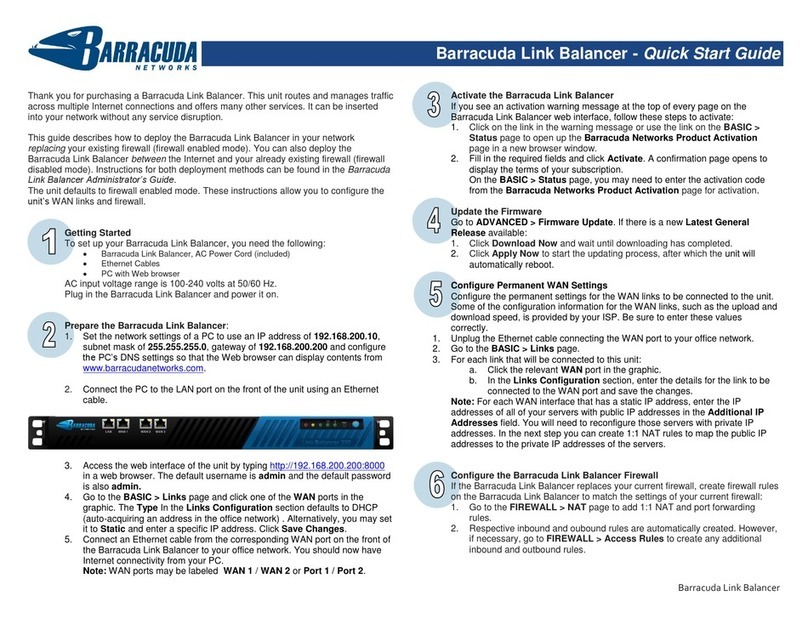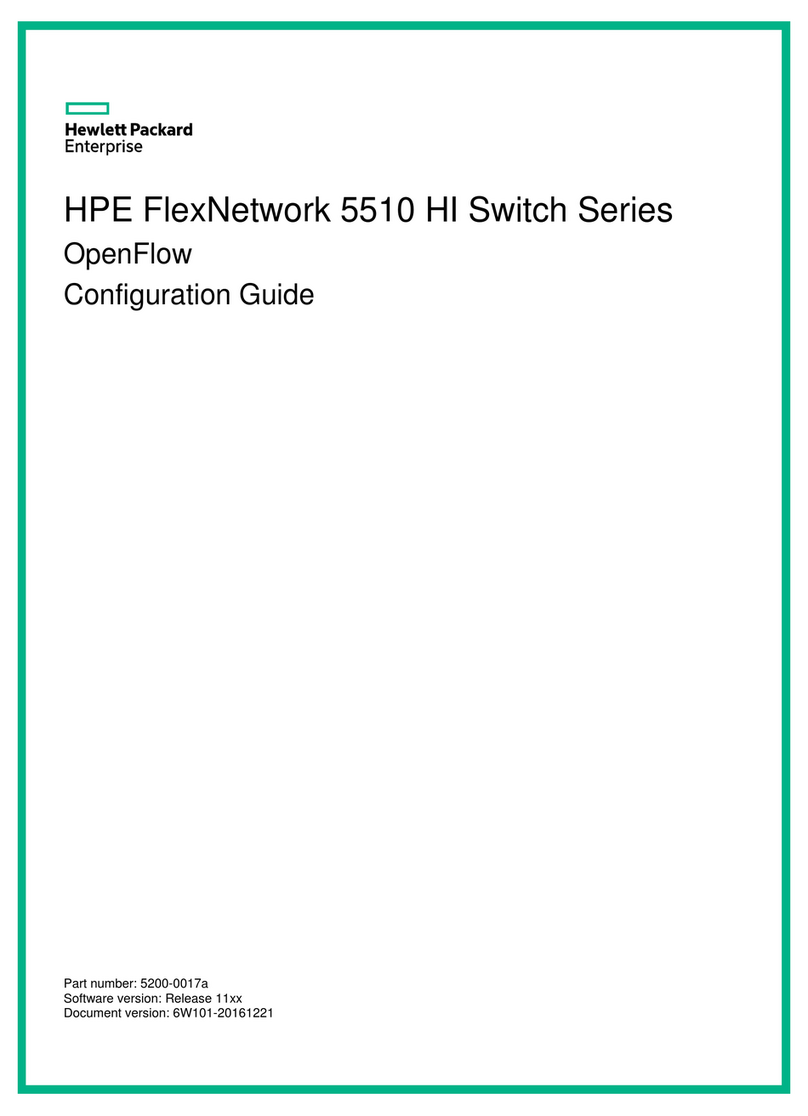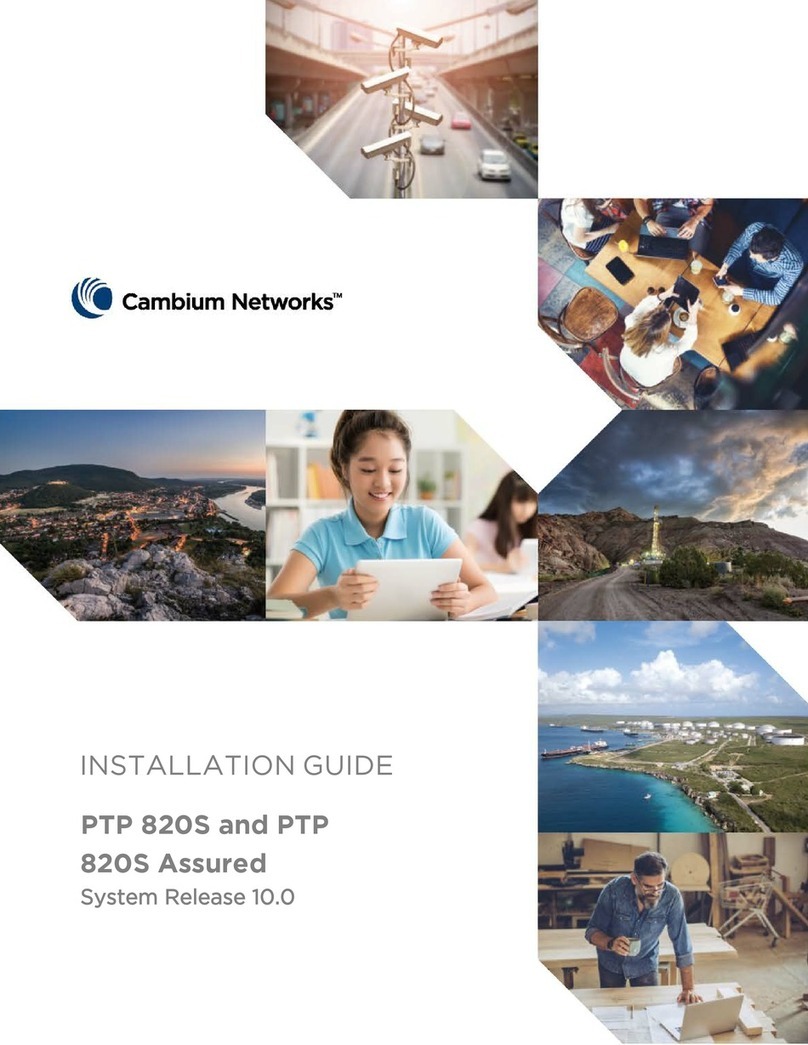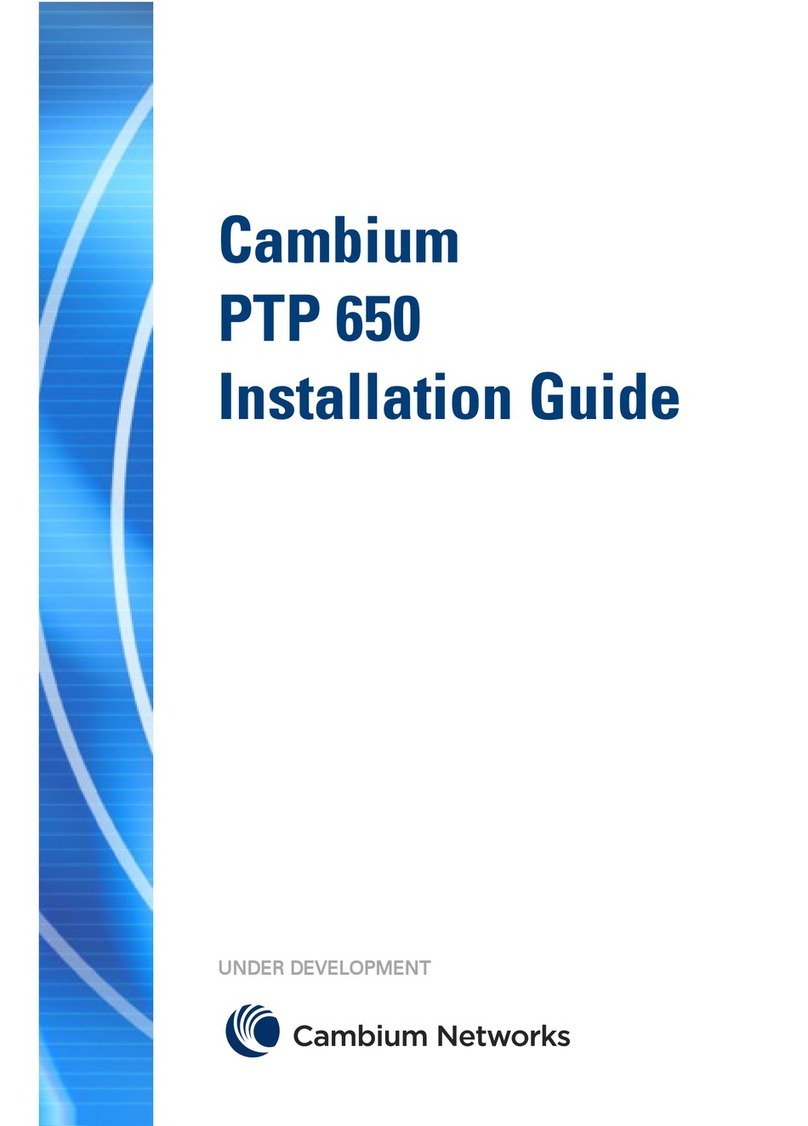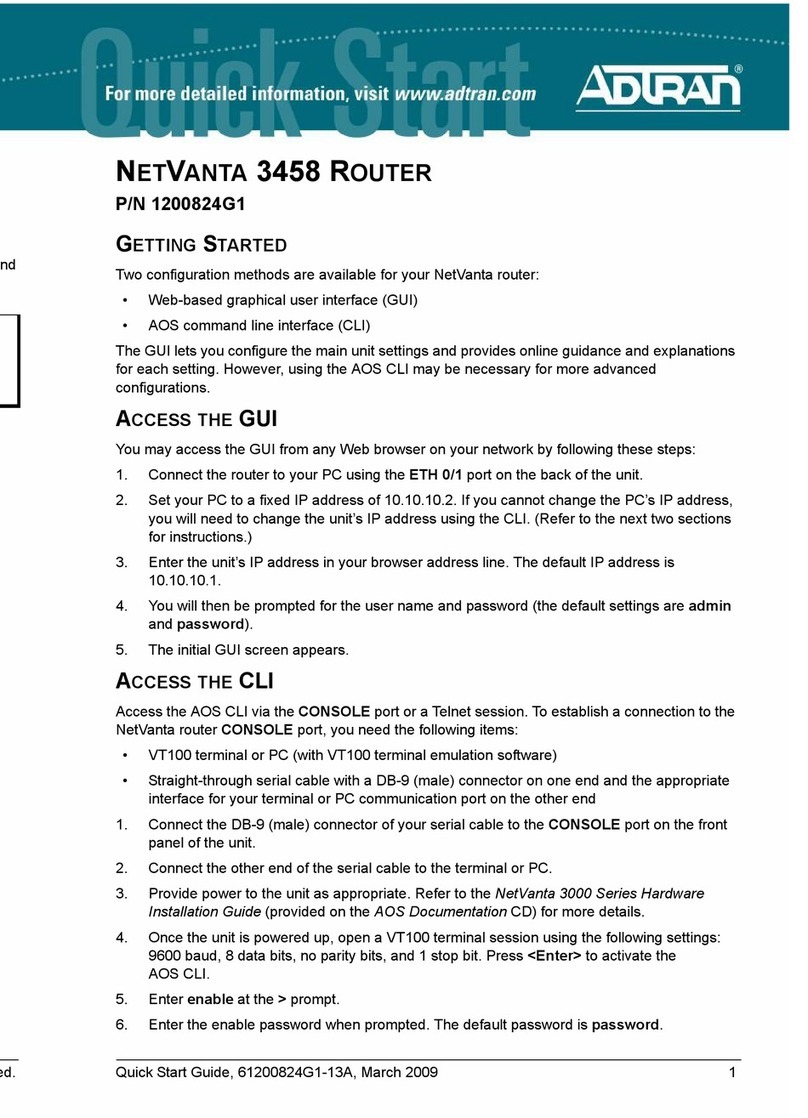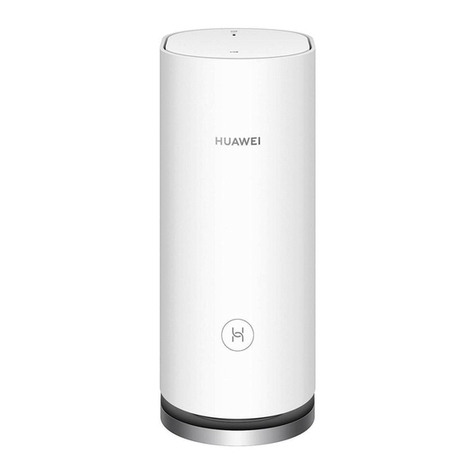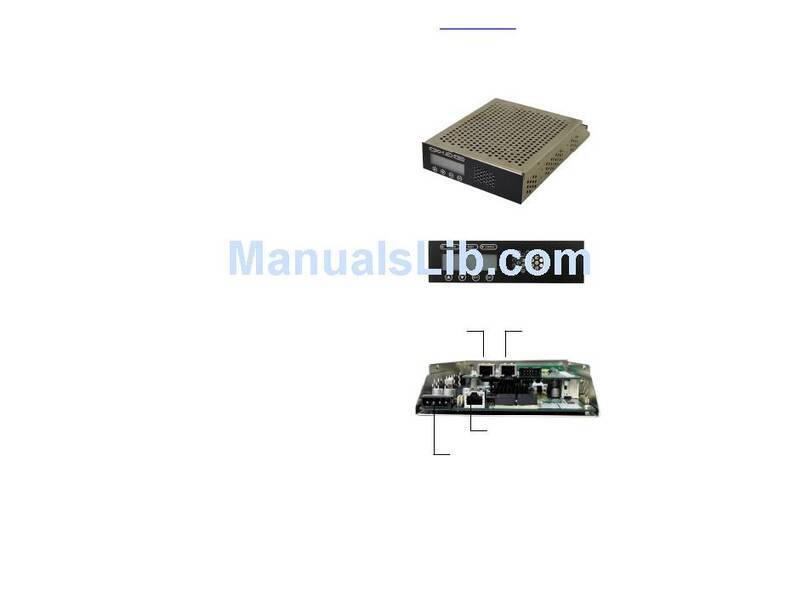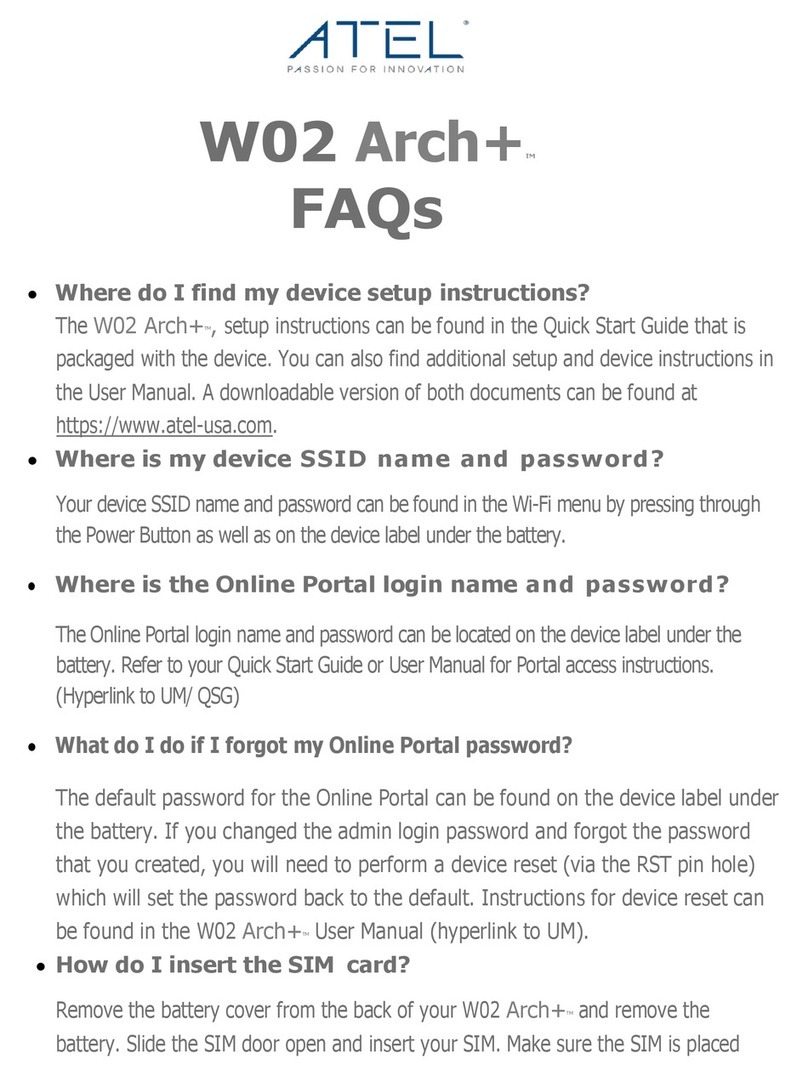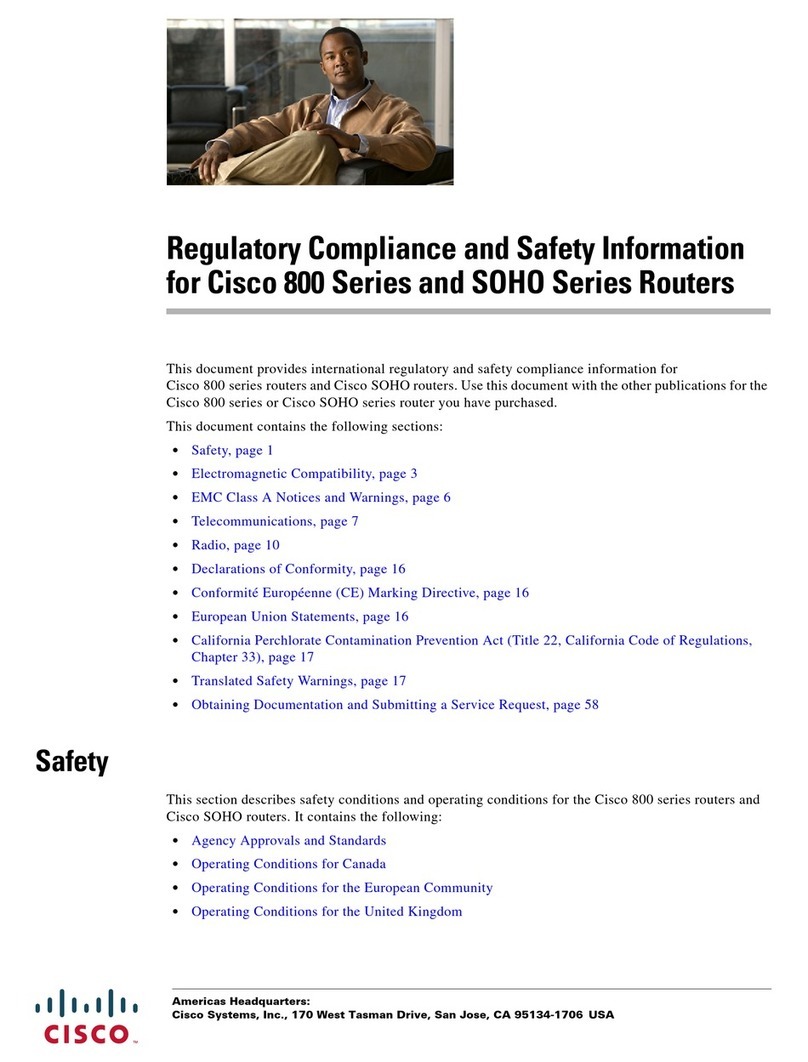Accuracy
While reasonable efforts have been made to assure the accuracy of this document, Cambium
Networks assumes no liability resulting from any inaccuracies or omissions in this document, or
from use of the information obtained herein. Cambium Networks reserves the right to make
changes to any products described herein to improve reliability, function, or design, and reserves
the right to revise this document and to make changes from time to time in content hereof with
no obligation to notify any person of revisions or changes. Cambium Networks does not assume
any liability arising out of the application or use of any product, software, or circuit described
herein; neither does it convey license under its patent rights or the rights of others. It is possible
that this publication may contain references to, or information about Cambium Networks
products (machines and programs), programming, or services that are not announced in your
country. Such references or information must not be construed to mean that Cambium Networks
intends to announce such Cambium Networks products, programming, or services in your
country.
Copyrights
This document, Cambium Networks products, and 3rd Party software products described in this
document may include or describe copyrighted Cambium Networks and other 3rd Party supplied
computer programs stored in semiconductor memories or other media. Laws in the United
States and other countries preserve for Cambium Networks, its licensors, and other 3rd Party
supplied software certain exclusive rights for copyrighted material, including the exclusive right
to copy, reproduce in any form, distribute and make derivative works of the copyrighted
material. Accordingly, any copyrighted material of Cambium Networks, its licensors, or the 3rd
Party software supplied material contained in the Cambium Networks products described in this
document may not be copied, reproduced, reverse engineered, distributed, merged or modified
in any manner without the express written permission of Cambium Networks. Furthermore, the
purchase of Cambium Networks products shall not be deemed to grant either directly or by
implication, estoppel, or otherwise, any license under the copyrights, patents or patent
applications of Cambium Networks or other 3rd Party supplied software, except for the normal
non-exclusive, royalty free license to use that arises by operation of law in the sale of a product.
Restrictions
Software and documentation are copyrighted materials. Making unauthorized copies is
prohibited by law. No part of the software or documentation may be reproduced, transmitted,
transcribed, stored in a retrieval system, or translated into any language or computer language,
in any form or by any means, without prior written permission of Cambium Networks.
License Agreements
The software described in this document is the property of Cambium Networks and its licensors.
It is furnished by express license agreement only and may be used only in accordance with the
terms of such an agreement.
High Risk Materials
Cambium and its supplier(s) specifically disclaim any express or implied warranty of fitness for
any high risk activities or uses of its products including, but not limited to, the operation of
nuclear facilities, aircraft navigation or aircraft communication systems, air traffic control, life
support, or weapons systems (“High Risk Use”). Any High Risk is unauthorized, is made at your
own risk and you shall be responsible for any and all losses, damage or claims arising out of any
High Risk Use.
